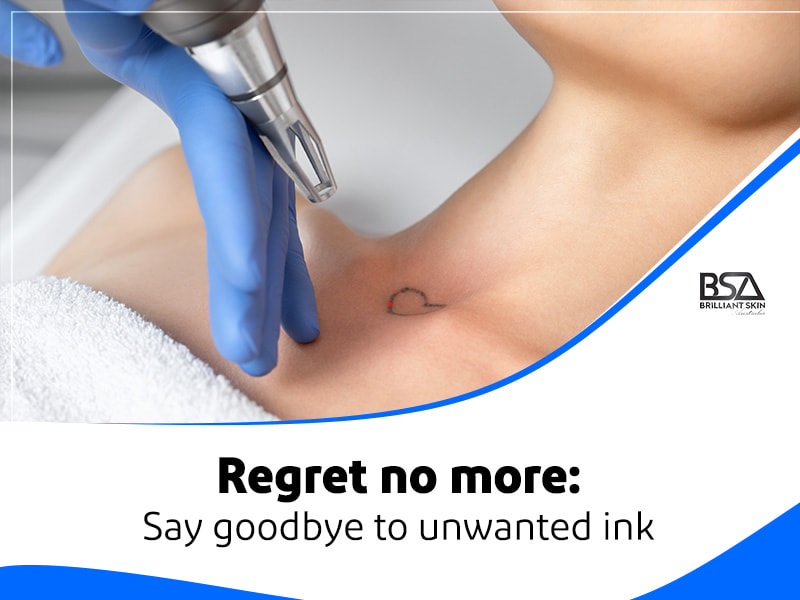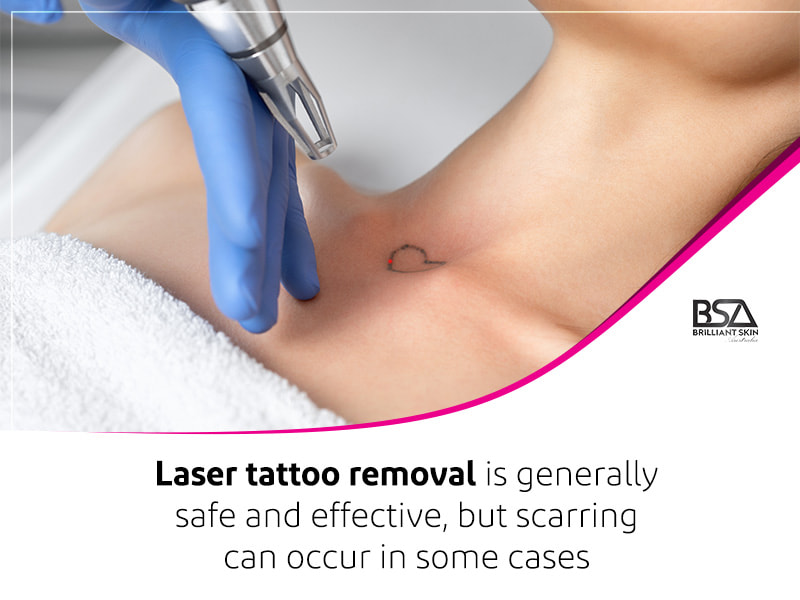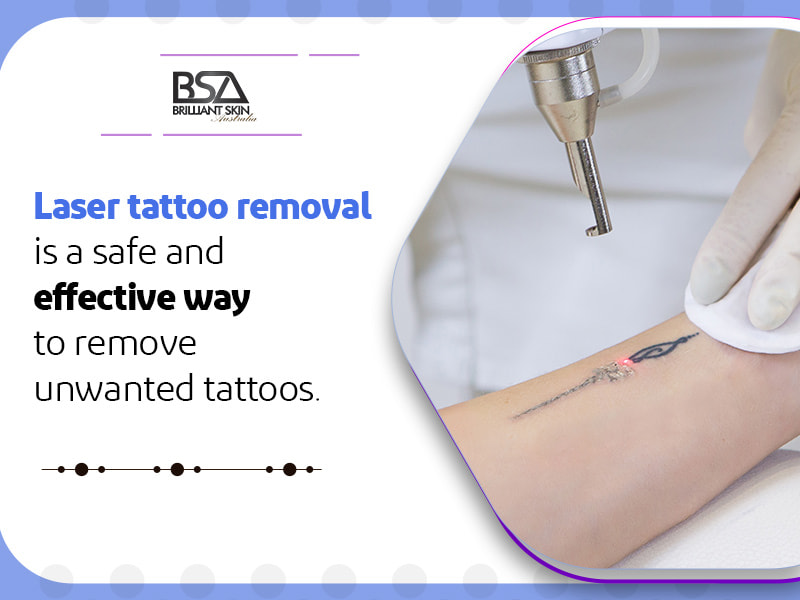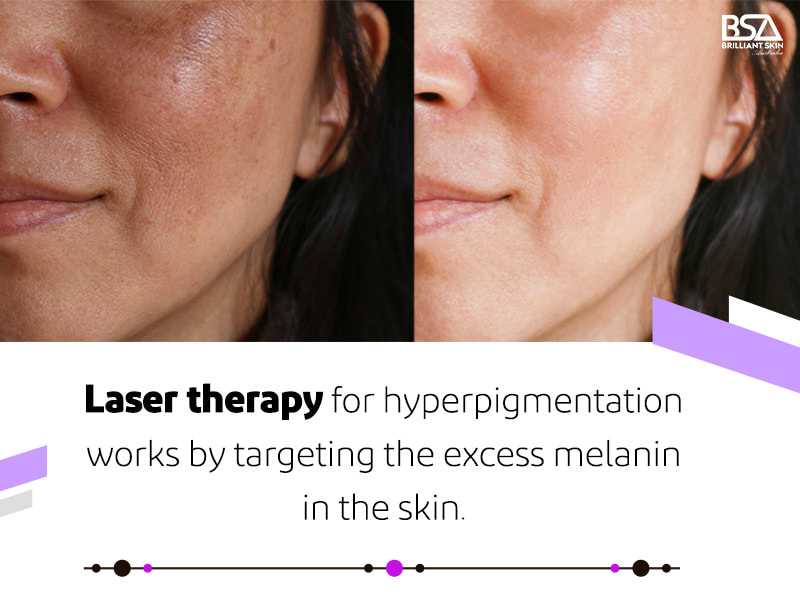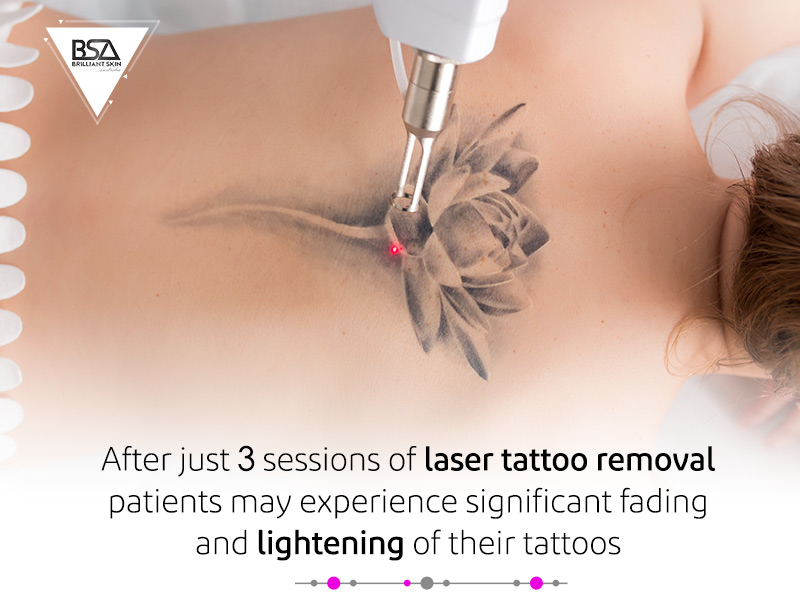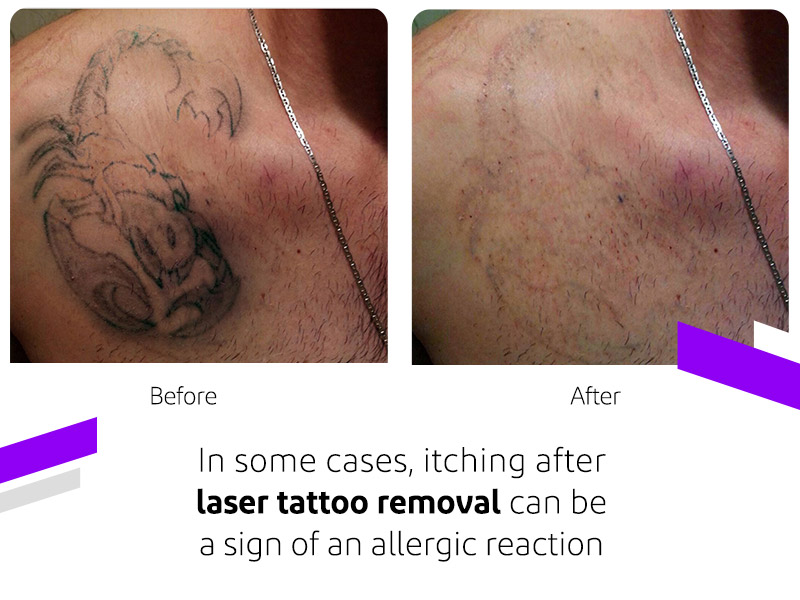Is Laser Tattoo Removal Safe?
- Updated November 28, 2022
- by Honey Seida
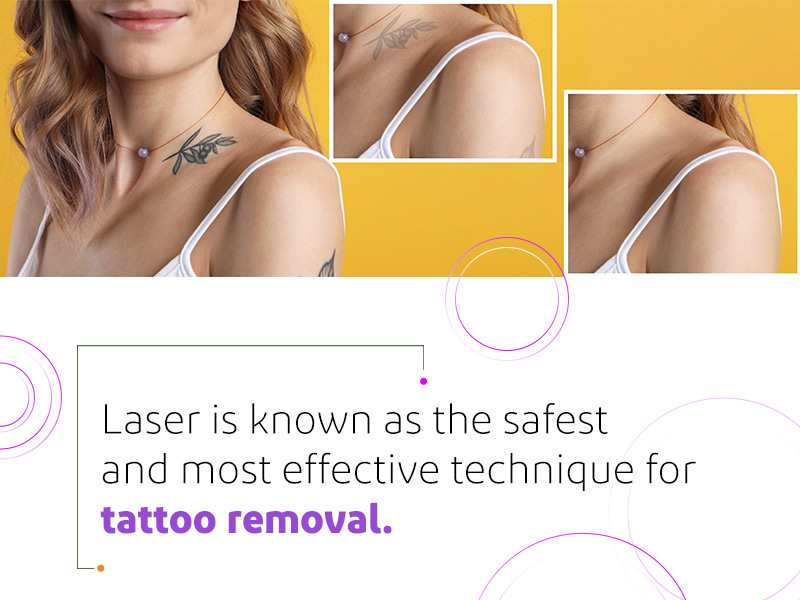
Is laser tattoo removal safe? Although laser tattoo removal is the safest way to get rid of your tattoos, there are still going to be side effects and aftercare guidelines you need to be aware of if you want things to go as smoothly as possible in your favor.
The side effects of laser tattoo removal are predictable and quite minor. These predictable complications include itching, scarring, keloids, and infection. But If you remove a tattoo using laser properly and quickly, you will not suffer any complications in the long run. The best way to remove tattoos is still laser therapy.
Minor Complications
In some cases, blisters may be created on the surface of the skin due to the thinness of the skin or the intensity of the laser based on the wavelength; Coolers can be used to prevent the formation of blisters.
You can use ice packs to prevent swelling and inflammation. To avoid bursting and manipulating the created blisters (if any), use antibiotic ointment and cover the affected area with a clean bandage.
You can use vitamin E oil to reduce the scarring in any desired area and use skin beauty creams to cover the temporary spots created by laser tattoo removal. The side effects may last for 7 to 10 days (about 1 and a half weeks) and then disappear. During this time paying special attention to laser tattoo removal aftercare is of utmost importance.
To prevent the occurrence of infection, changes in skin texture, and other side effects, it is necessary to take proper care after the tattoo removal session.
- Take good care of the lasered skin area and keep it clean and apply antibiotic ointment 3 times a day.
- Cover the lasered area with a bandage for 2-3 days.
- Protect the lasered area from sunlight and use suitable sunscreen.
- Avoid using creams and cosmetics on the affected area as this may cause side effects.
- Avoid taking very hot showers.
Hypopigmentation
Hypopigmentation is the most common side effect of laser tattoo removal. The risk increases in each patient based on the number of treatment sessions. In some cases, metals such as iron are used in tattoo materials, and this element may react with the laser and make the colour of the tissue darker.
In order to prevent these complications, in addition to determining the type of tattoo, a test run should be done in a very small spot of the tattoo area. If the laser is not able to remove this type of tattoo, a surgical method needs to be followed in order to remove the tattoo in question.
Laser Tattoo Removal Process
Old and amateur tattoos are easier and faster to remove than professional tattoos. Black, dark brown, dark blue, and green tattoos are easier to get rid of than other colours. The hardest colours to remove are light browns, reds, oranges, yellows, and light blues. Smaller tattoos require fewer shots or laser beams, and larger ones require more shots; Therefore, the cost of their treatment will usually be higher.
In general, you will need several laser tattoo removal treatment sessions to completely remove the tattoo. Note that laser tattoo removal is not an instant treatment; Especially with colored tattoos, complete removal of the tattoo may take up to a year or more.
In some cases, your therapist may use a combination of lasers to remove the tattoo; Especially in cases where mixed colors have been used. For example, the blue part or the dark brown color is first taken care of and destroyed with one of the laser devices or a particular wavelength, and then its red color will be targeted.
In the final stages, microdermabrasion may be used to remove the final tattoo marks. This is why it is always better to choose a place that does it all for you hassle-free.
Final Word
In general, to minimize the complications of laser tattoo removal, a 4-week interval should be considered between laser treatment sessions. You can use local antiseptic to prevent infection of the target area as well. So, is laser tattoo removal safe? In the hands of someone who does not know what they are knowing, no it is not. But if done properly by someone trained to do laser tattoo removal, this is one of the safest beauty and medical procedures ever.

